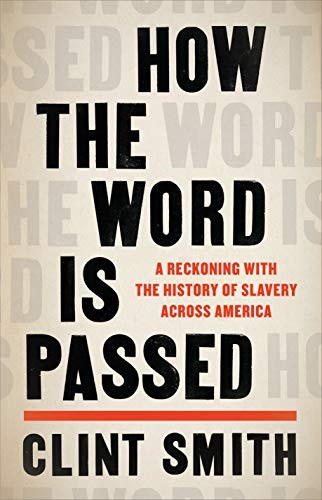Review of 'How the Word Is Passed' on 'Goodreads'
The American people do not know the truth of slavery and have not finished reconciling the systemic inequity and racism American slavery causes. If you want to get closer to the truth of slavery through one man's explorations of historical sites, How the Word is Passed by Clint Smith (@ClintSmithIII) is worth your time.
Smith uses locations and beautiful prose to tell the story of American slavery, forced labor, and torture. Also, the audiobook is read by Smith.
Monticello (@TJMonticello)
Black men were dressed as slaves to give tours to people visiting the Monticello forced labor camp until 1951. Monticello has been trying to tell a more truthful story, but visitors reject it.
The Whitney Plantation (@WhitPlantation)
shows the contrast between a plantation reckoning with American myth and one that appropriately tells the story of American forced labor.
Angola (@angola_watchdog)
Smith then visits a forced labor camp (plantation) that is still a forced labor camp (prison) where slavery lives on. Smith's recounting of the execution chamber and Red Hat Cell Block are shocking.
Blanford Cemetery (https://www.petersburgva.gov/303/Blandford-Cemetery)
After visiting an active forced labor camp, Smith visits Blanford Cemetery, where Confederate traitors are still celebrated.
Galveston Juneteenth
In Galveston, Texas, Smith visits the root of Juneteenth (@J19Galveston) and explores the myth of Gen. Gordon Granger and General Order No. 3.
Wall Street (https://www.newyorkalmanack.com/2020/07/a-virtual-walking-tour-of-slavery-in-nyc/)
To help dispel the idea that slavery is a southern problem, Smith takes a walking tour of NYC's Wall Street and the many historic markers around America's second largest slave market.
Senegal House of Slaves (@MEsclaves)
To conclude the journey, Smith visits Senegal to explore the root of the Transatlantic Slave Trade.

